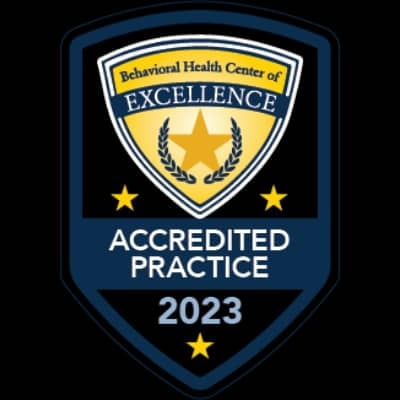I recently heard a phrase that, like a well-written verse, I kept in my repertoire of interesting concepts and that, inevitably, fits into the system of thought that guides my professional practice, but also the daily exercise of being human. Unfortunately, I did not keep the quote and its author cannot be recognized here, but his idea is "Language is a noun, not a verb", and, although it may seem a Kantian categorical imperative, this blog is a product of it.
Language is the category that names a symbolic system which communicates by means of signs and sound sequences, more or less shared. But it is a construct, which actually relies on two basic principles inherent to the human condition: the need and the intention to communicate both thought and affect. The code for internalizing, processing, and expressing is as creative and diverse as countries, cultures, and histories are recorded, sono known condition imposes limits on it; not even autism.
Communication disorder is a relevant factor in Autism Spectrum Disorder (ASD). What is interesting is that several authors even explain the existence of stereotyped behavioral manifestations, sometimes self-injurious and, in general, disruptive, as learned ways to communicate feelings, desires, or needs, mediated by a strong limitation in the affective, cognitive, and social order. Seen in this way, the importance of communication in people with ASD as a basic element whose alteration mediates their problematic behavioral expression is indisputable.
Unfortunately, people with ASD face two major challenges in this regard: The first one, the dissonance that implies the communicative need versus the deficiency of personal resources to execute it. The other is the difficulty in learning and reproducing the codes that the people around them identify and share. For many people diagnosed with this disorder, the identification of the resource, the method, the alternative way to make their voices heard does not manifest itself or is limited to its most primary form.
The main problem, perhaps, lies in the fact that all communication implies a relationship; an exchange or feedback that in the case of people with ASD, demands effort, training, patience, intention, and creativity. For many families, this conflict constitutes a dead end, a labyrinth that, in the common ideology, would only be decipherable if miraculously the person with ASD could begin to speak, to understand and use the "normal" codes shared by the majority. This miracle will probably not happen because the real solution lies in the possibility of opening other doors, of taking other paths. The variants are as diverse as there are people and families and, many times, they do not go hand in hand with classic language but with different ways of communicating: signs, gestures, or technological mediation. Understanding this phenomenon and training to develop alternative skills that connect and communicate is one of the fundamental objectives of ABA.
More than the effort to mediate and accelerate the process of learning and generalization of these skills, the interventions specific to ABA constitute a system which scientific analysis has demonstrated as effective. ABA understands the diversity of environments, their changes, as well as the continuous need to evaluate and readjust the intervention plans by integrating tools from psychology, sociology, technology...





